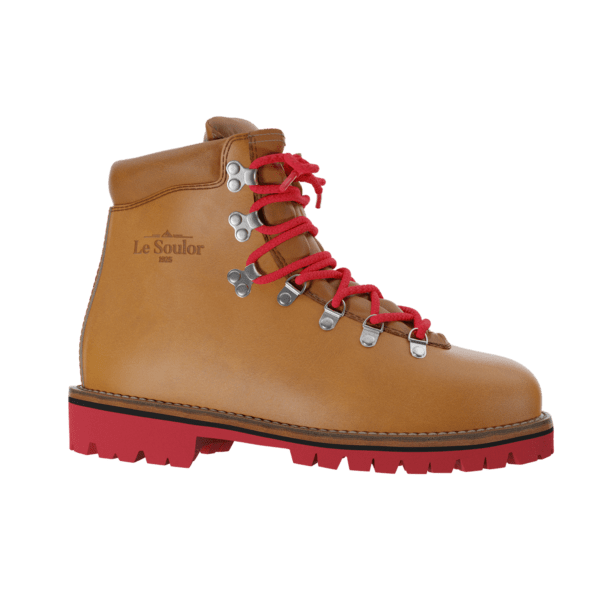I don't own them and just have seen them in the internet. We have members here in the forum who surely got the similar Haix British army version issued. If you ask about these in a separate thread you surely will get answers from professional users.
I personally stick with the double stiched concept. In the long run you get very good boots for a very low amount of money because every shoemaker master can put new soles onto them.
I mean things like Meindl Ortler or Perfekt, Schladminger 100, usual Steinkogler models or whatever.
I personally wear Geiger Bernina because I have a full size difference between both feet. They are relatively cheap for custom made boots in individual measures and it was easier to go to Frittlingen / Black Forest area than to the workshop of Steinkogler in Ebensee in Austria. But I think that Steinkogler boots are worth the money and effort. As a teenager I regularly went to Tirol for Skiing with my parents and we rented an apartment in the house of the Orthopedic Schoemaker master Außerlechner in Kartitsch. The guy sold only his own shoes and Steinkogler boots apart from a few house shoes so far I remember it right.
Steinkogler offers like Geiger traditional mountain boots in individual measures, but different to Geiger Steinkogler has 30 employees and also makes series that you can buy everywhere in Austria.
Geiger works alone and makes only boots and shoes in individual measures.
As I often go from Cologne to France Geiger was simply easier to reach for me. Frittlingen is located between Stuttgart and Zürich.
If you get custom made double stiched boots in your individual measures you have to break into them of course but you can be sure to get the perfect fit.
Instead of trying dozens of pairs in dozens of shops and wasting your money on bad fitting boots you buy once and don't cry once, because they simply fit. You just smile and don't cry.
If you count in your own time they are far cheaper than boots from a shoe shop.
So far I understood does Le Soulor offer to make boots in measures that were taken by a different orthopedic Shoemaker, what Steinkogler and Geiger don't do. That's an interesting offer for those who can't visit a mountain boot maker in his workshop.
Surely worth a try.
I discovered Le Soulor just recently and think about visiting them and ordering a pair there when I come along there anyway what I normally did every year.
But a review of such boots takes a lot of time although I really walk a lot. Even if that should be not the highest possible quality they last for years of course.
But looking at the price I assume that they are good. That's realistic. And why should they try to offer bad stuff?
If we talk about custom made boots you have to understand that you buy directly from the maker and cut out the usual incredibly high expenses of normal shoe shops. These makers sit somewhere in a small village in the own house. You pay just material and work, and no shop rent in London or wherever, no sellers or whatever. That's why you get a far superior product for nearly the same price like a glued standard throw away shoe.
The Ossau du Soulor is a medium and high mountain hiking shoe that will adapt to all your needs. Providing a good ankle protection...

lesoulor1925.com

www.steinkogler-bergschuh.at
Well, they have rather weird homepages.
But you will have to wait for your custom made boots a few months nevertheless. They live of the good name in their area, not of the internet.






